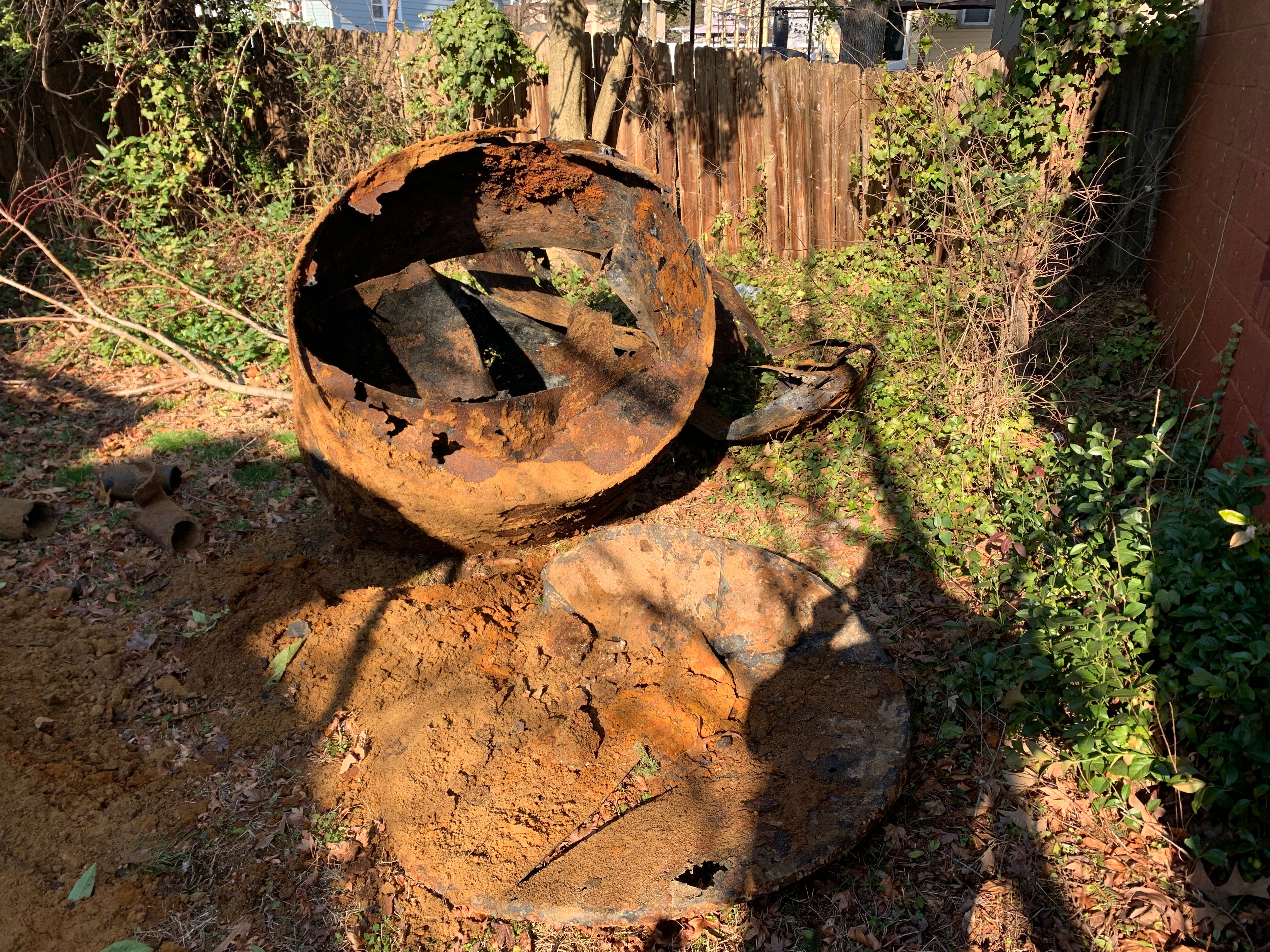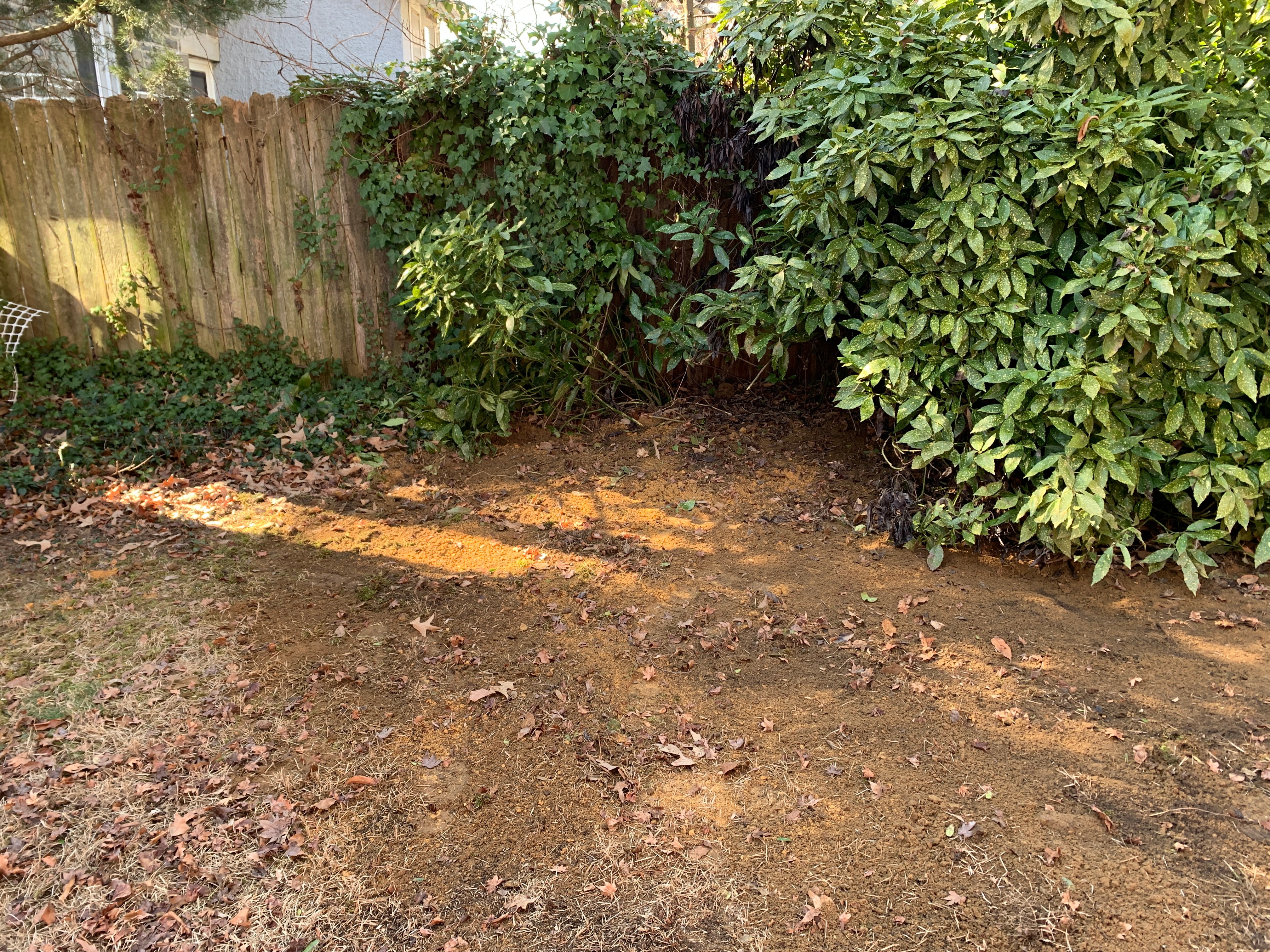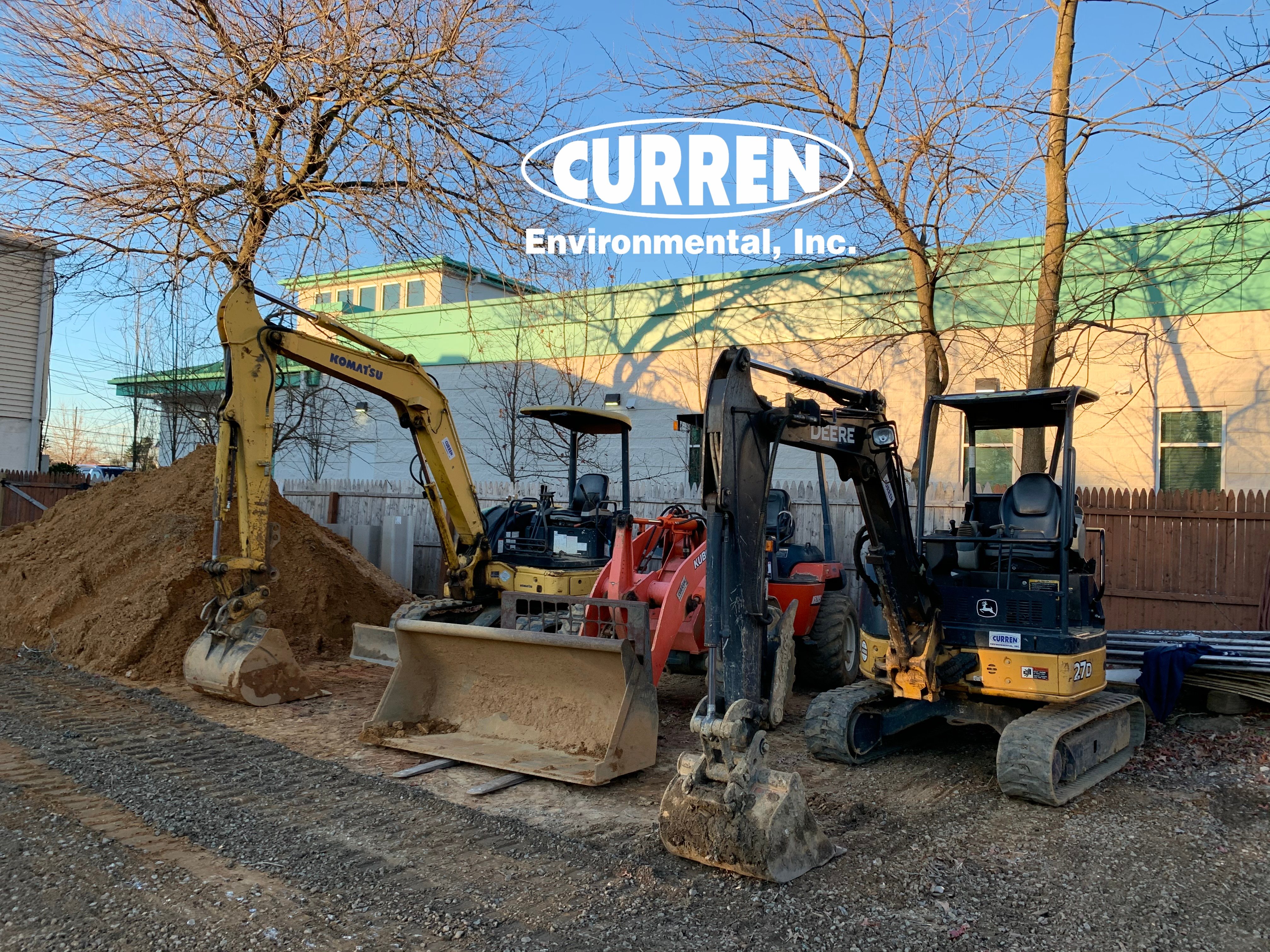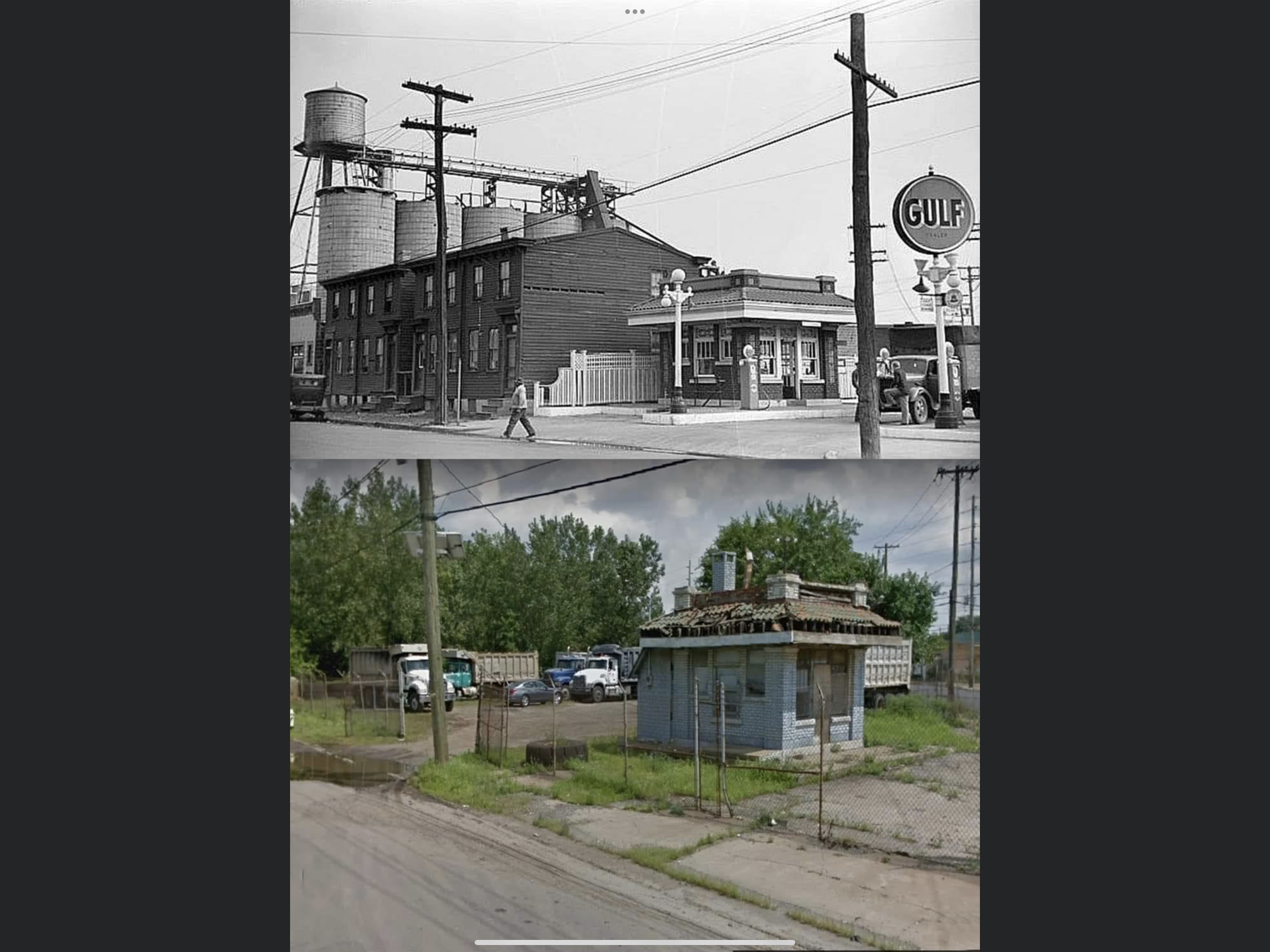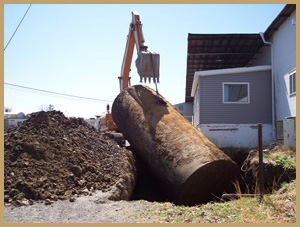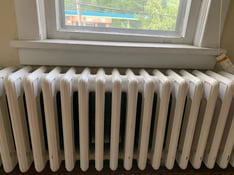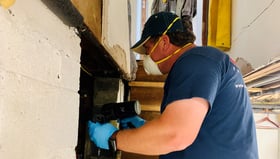Why are black mold and unicorns similar?
Both black mold and unicorns are mythical and do not exist in the real world. Wait we are saying something that goes against what most people think they know. There is no mold called black mold.
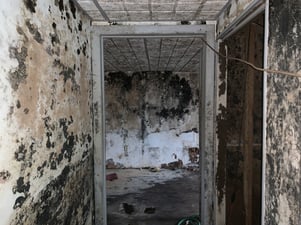
Case in point, there are ZERO molds named after colors and in fact, most molds have names that are difficult to pronounce. The list below compromises a wide variety of molds and you will note that black mold did not make the list. This mold list also demonstrates how easy it would be to mispronounce a mold by name. In fairness, it would be much easier if molds were named after colors.
Acremonium, Alternaria, Amerospores, Amphobotrys, Annellophora/Taeniolella rudis, Aphanocladium, Arthrinium, Arthrobotrys, Arthrospore formers, Ascospores, Ascotricha, Aspergillus, Aureobasidium, Bactrodesmium, Basidiospores, Beauveria, Beltrania, Bipolaris, Blastobotrys, Botryodiplodia theobromae, Botryomyces, Botrytis, Calcarisporium, Cephaloascus, Ceratocystis/Ophiostoma group, Cercospora, Chaetomium, Choanephora, Chromelosporium, Chrysonilia, Chrysosporium, Circinella, Cladosporium, Coelomycetes, Cunninghamella, Curvularia, Dactylaria, Dicyma, Doratomyces, Drechslera, Bipolaris, and Exserohilum group, Emericella, Emericellopsis, Engyodontium, Epicoccum, Erysiphe, Oidium, Eurotium, Exserohilum, Fusariella, Fusarium, Geomyces, Geotrichum, Gliocladium, Gliomastix, Gonatobotrys, Gonatobotryum, Graphium, Helminthosporium, Hyalodendron, Lasiodiplodia theobromae, Leptosphaeria, Memnoniella, Microascus, Microstroma, Monilia, Mortierella, Mucor, Mycotypha, Myrothecium, Myxomycetes, Neosartorya, Nigrospora, Nodulisporium, Non-Sporulating, Ochroconis, Oedocephalum, Oidiodendron, Oidium, Paecilomyces, Penicillium, Periconia, Peronospora,Peziza , Phialocephala, Phialophora, Phoma Pithomyces, Polythrincium, Poria incrassata, Pycnidial formers, Pyrenochaeta, Rhinocladiella, Rhizopus, Rusts, Sartorya, Scedosporium, Schizophyllum commune, Scolecobasidium, Scopulariopsis, Sepedonium, Septonema, Serpula lacrimans, Smuts, Sordaria, Spadicoides, Spegazzinia, Spiniger state of Heterobasidion species, Sporobolomyces sp., Sporormiella, Sporothrix, Sporotrichum, Stachybotrys, Stemphylium, Stephanosporium, Syncephalastrum racemosum, Taeniolella, Tetraploa, Thysanophora, Torula, Trichocladium, Trichoderma, Trichosporon, Trichothecium, Ulocladium, Ustilago, Verticillium, Wallemia sebi, Zygomycetes, Zygosporium.
Where did black mold come from? Black mold is usually connected to several residential sites in the 1990s where long-term water issues in these homes created mold growth that was not detected by the home's occupants. The occupants got sick but did not know why. Consistent water issues is key in these cases as all mold is a byproduct of water and moisture, albite typically intermittent water fueled the mold growth. Constant water allows certain molds to grow, think a wet sticky spore that is highly likely to affect human health. The owners of these homes eventually found mold, and had issues trying to get insurance companies to pay for mold, and the news media got involved. In all these cases the color of mold that most stood out was black and the media grabbed onto this, and thus BLACK MOLD was born, so was the phrase Mold is Gold.
Want Expert Mold Advice
888-301-0150
Now there is another source of the term black mold, which is the mold, Stachybotrys chartarum, which uniformed people refer to as the black mold, I say uninformed as this mold is actually blackish green in color. But let's be fair if someone says you have GREEN Mold you think moss or growth outside home spots or blemishes? So green mold is not as scary as when someone says you have black mold. Heck if you have black mold run, get it cleaned up. Black mold is really a sales tactic to scare people. By the way, Stachybotrys chartarum was a type of mold found in the previously referenced 1990s homes that made the news. So black mold was grabbed by the media, not a scientist, microbiologist, government agency, or other respected unbiased source but rather the media and used by the media to sensationalize a topic.
Don't buy the black mold hype.
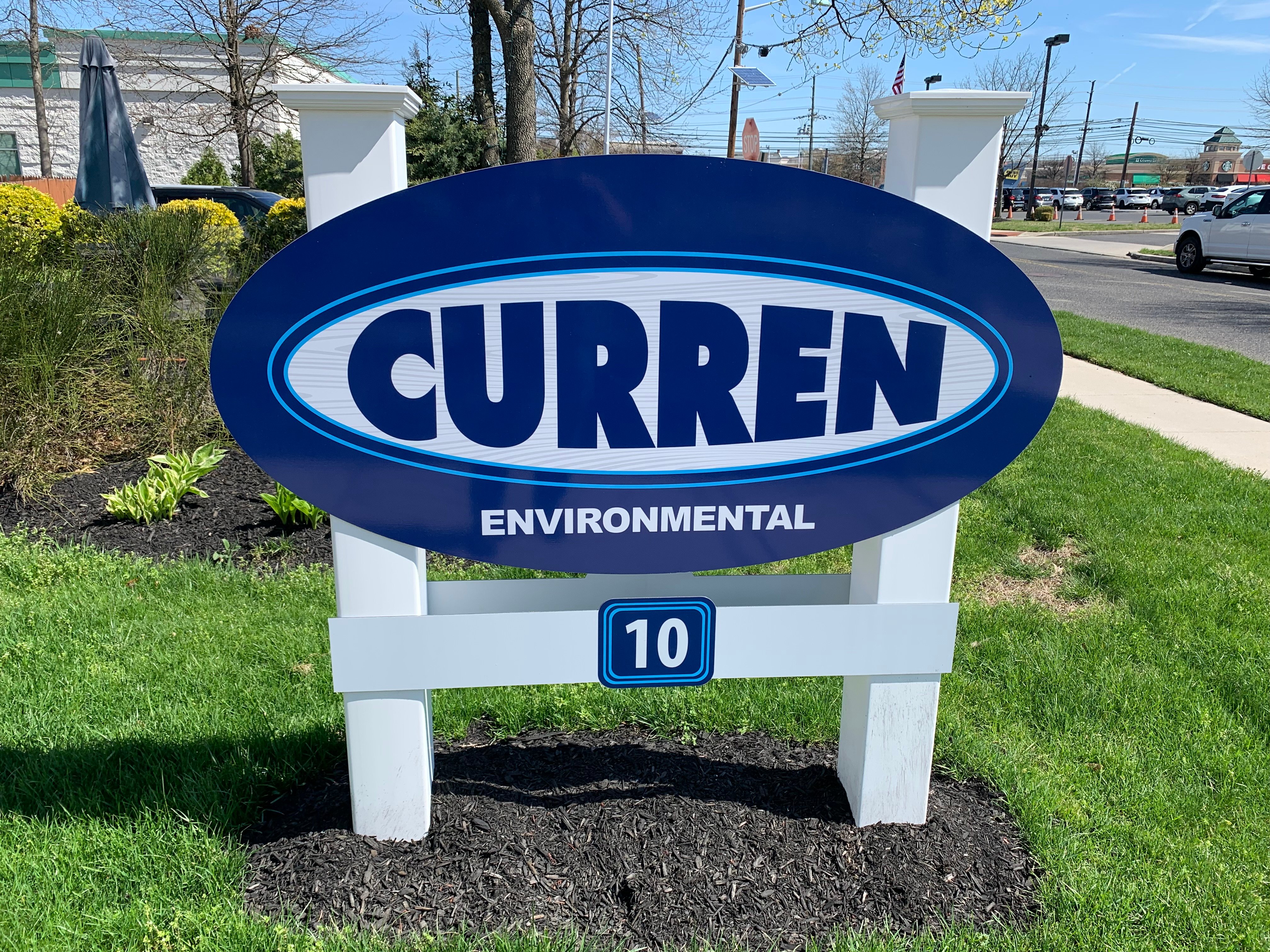


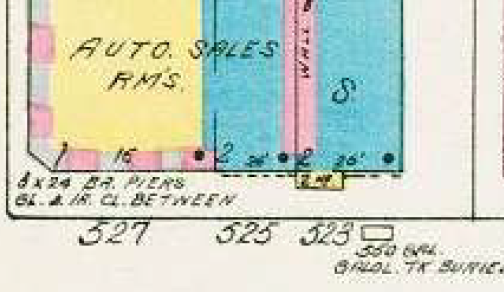
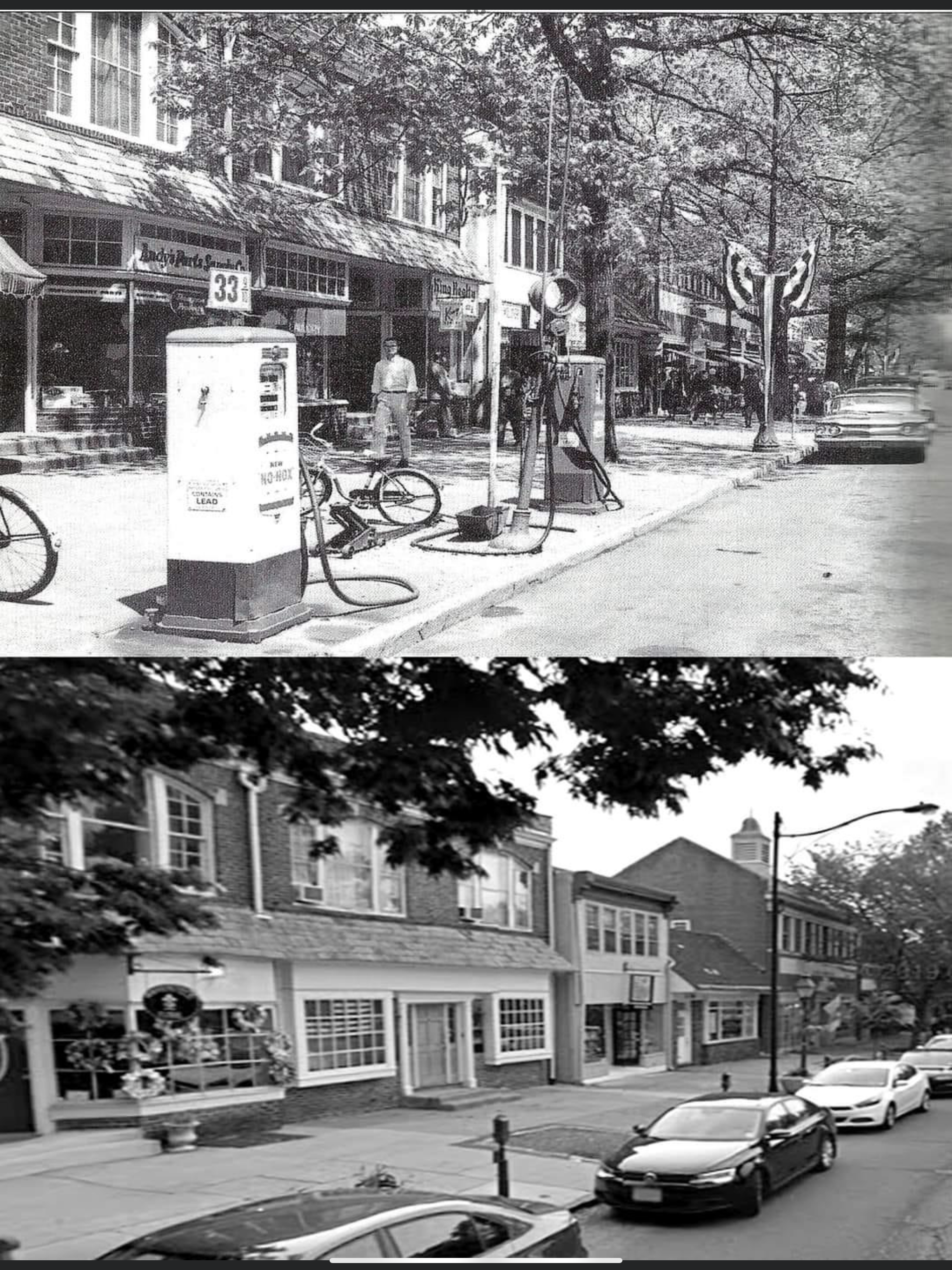
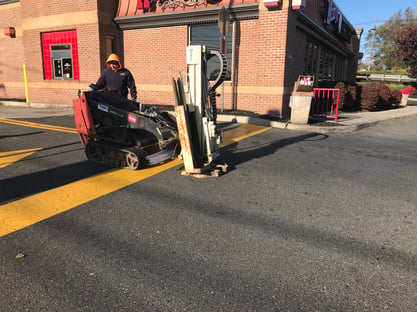
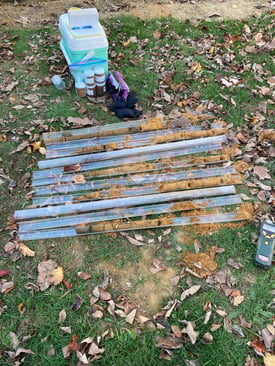
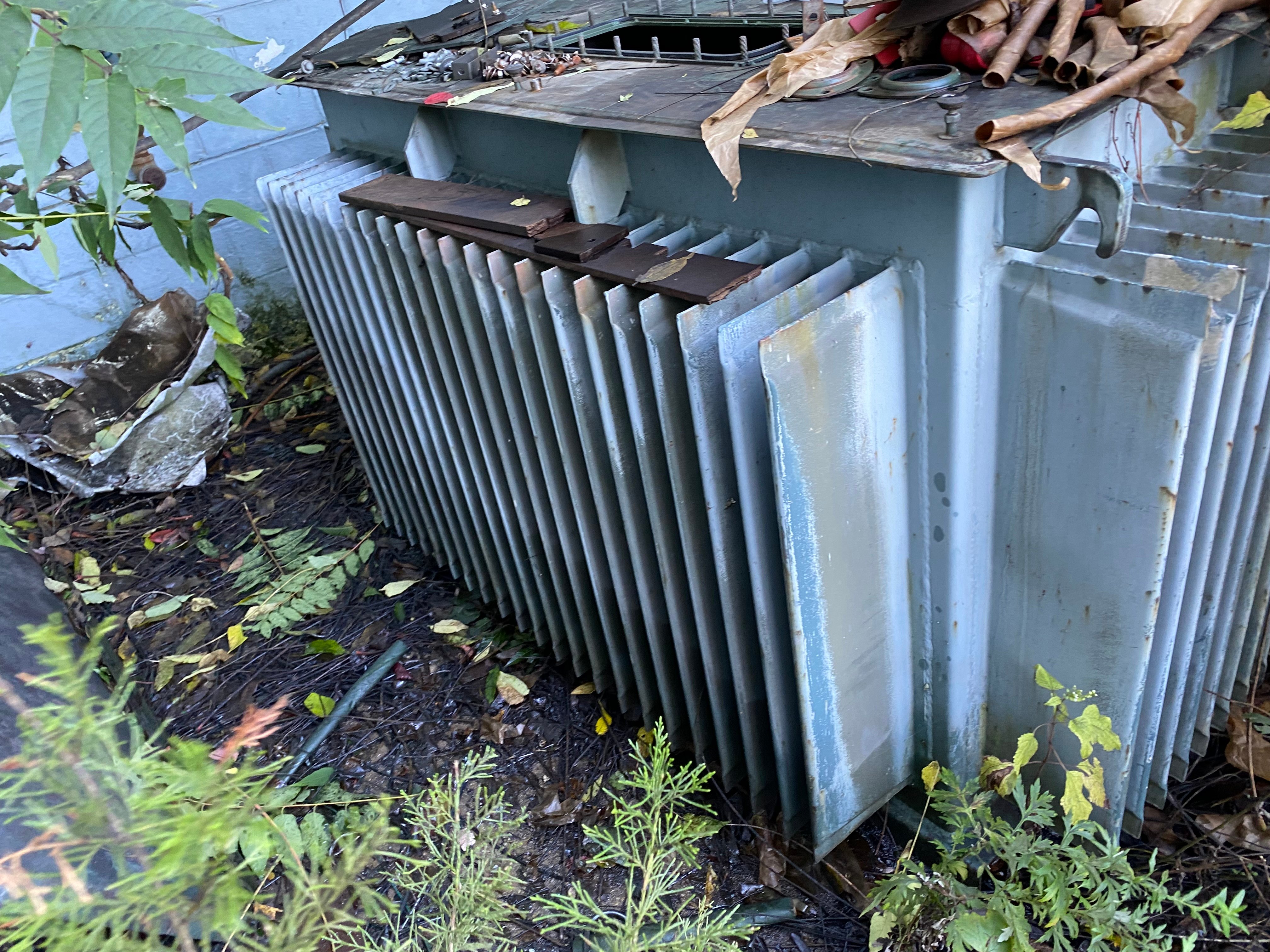
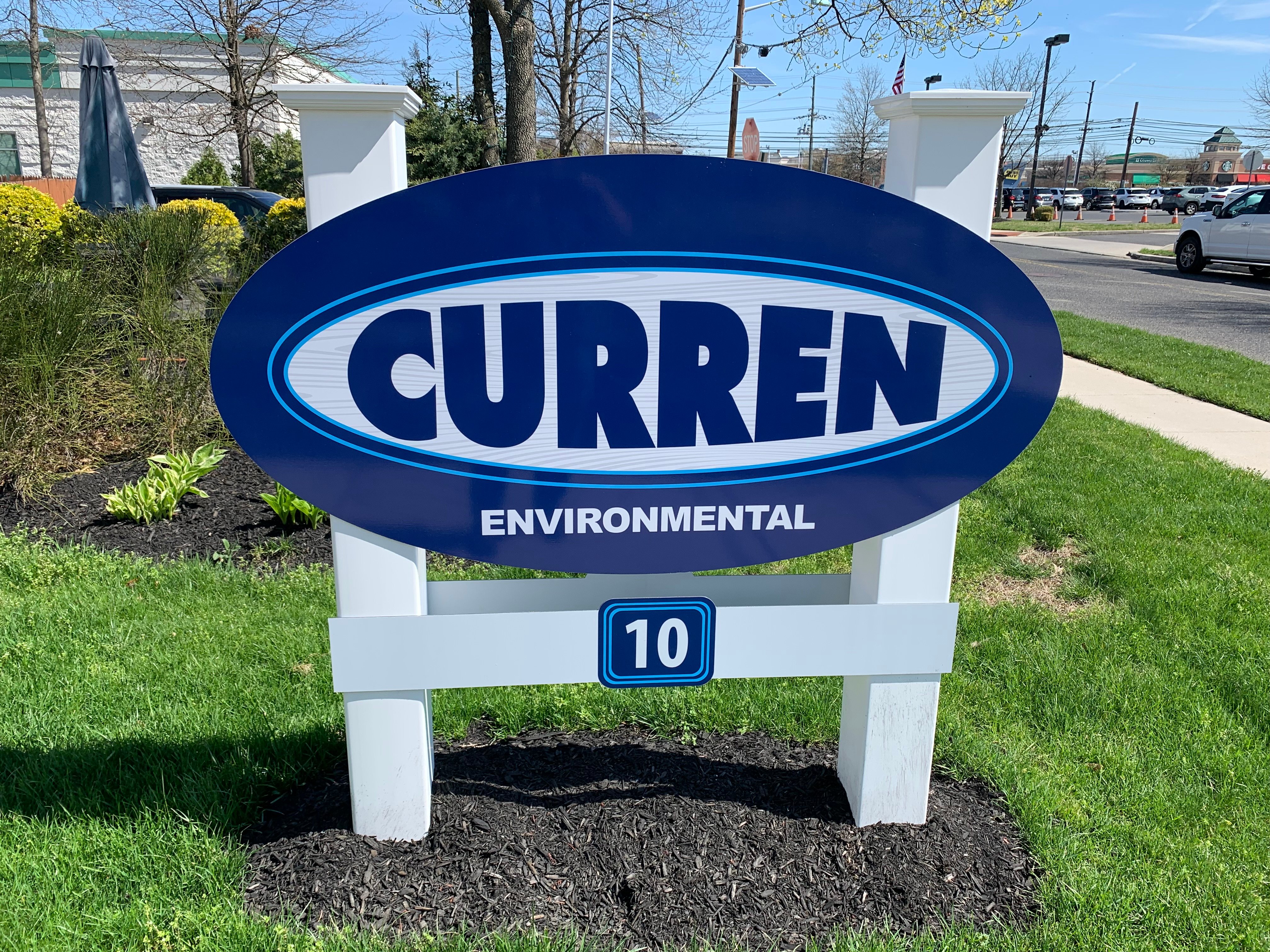
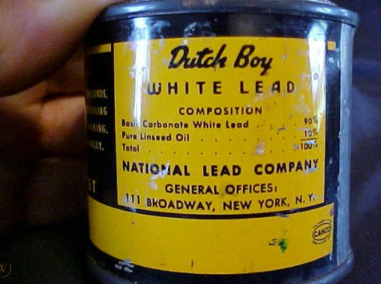
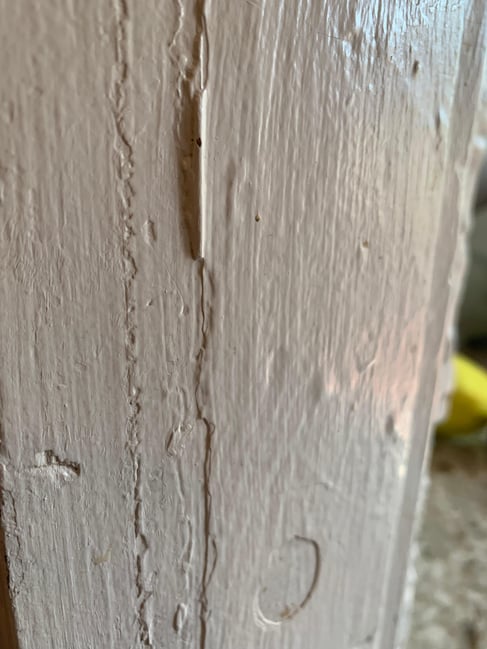
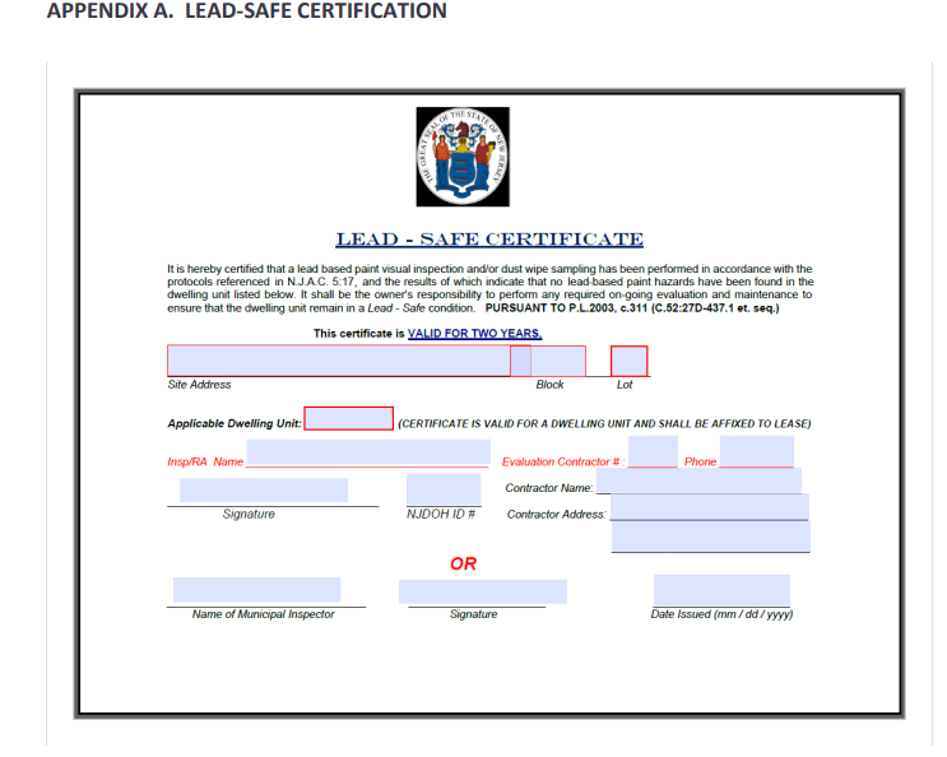
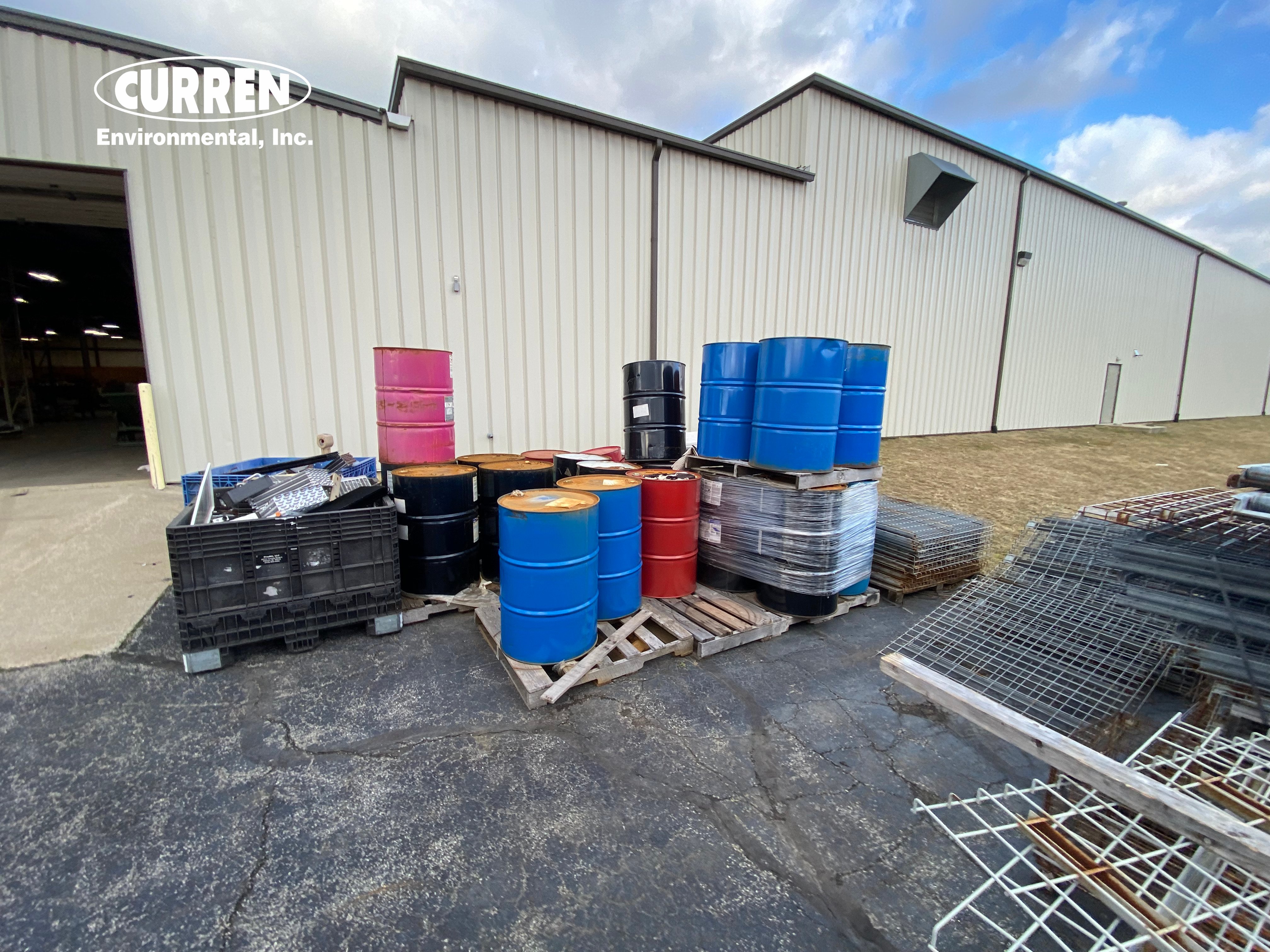
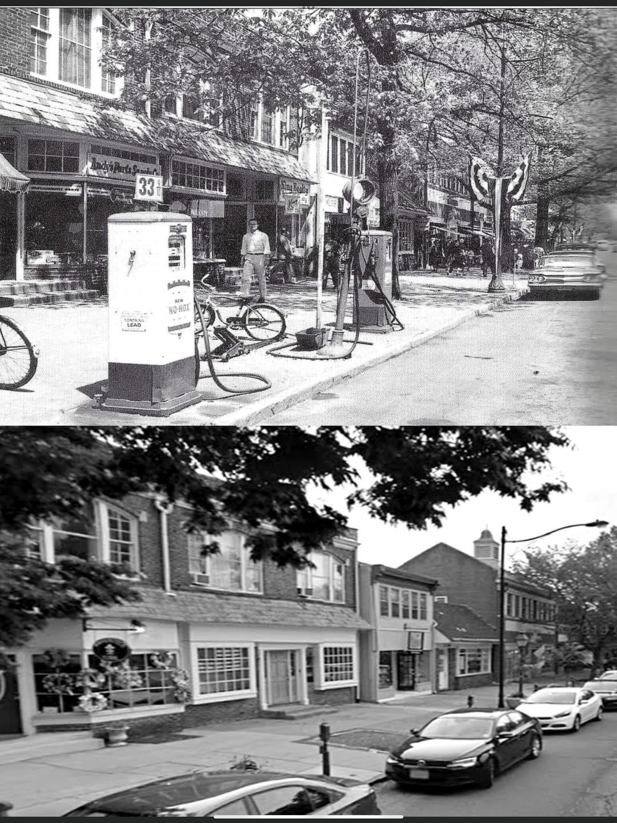
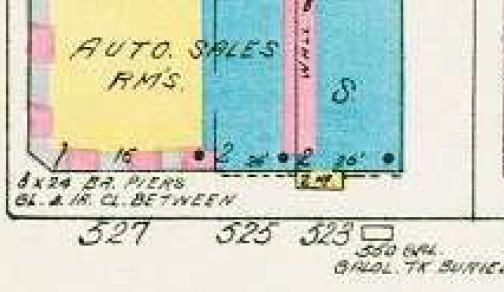
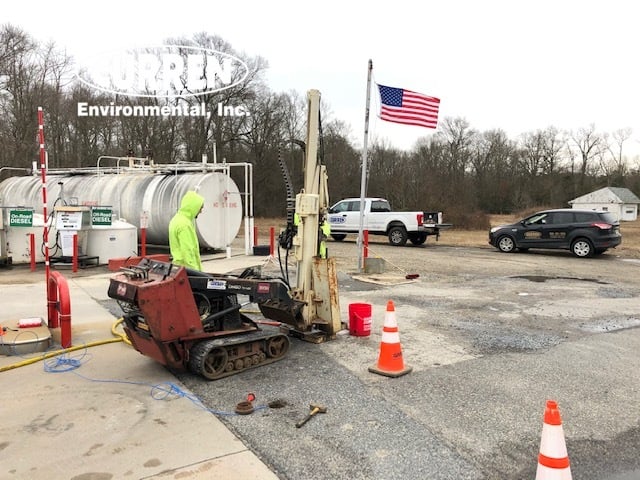
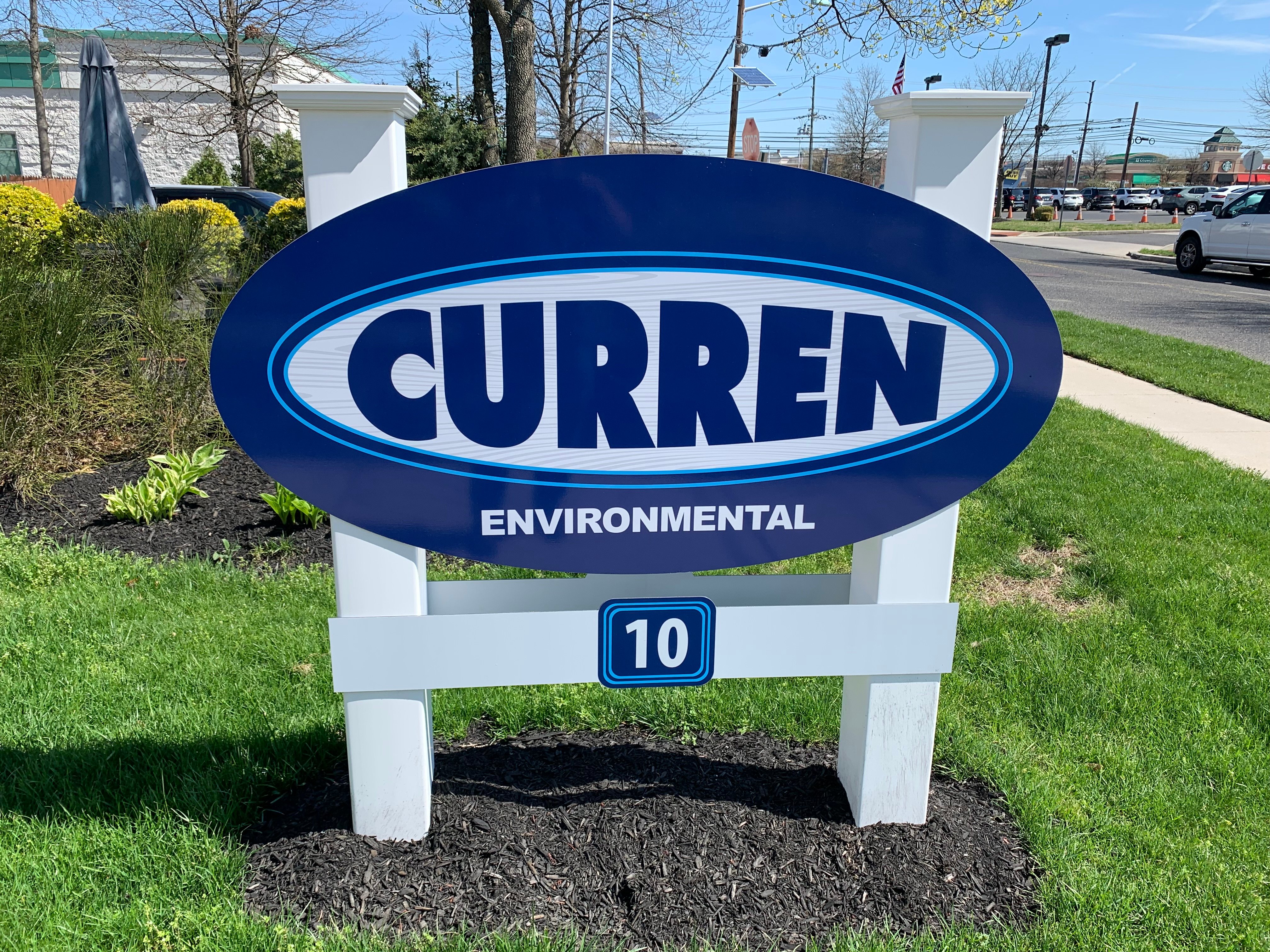
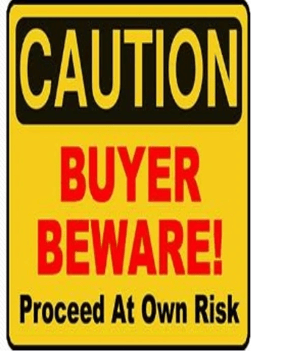
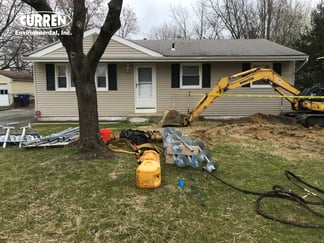
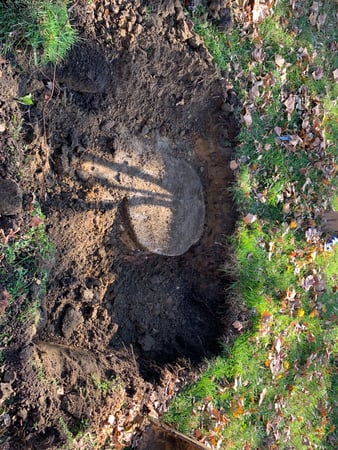

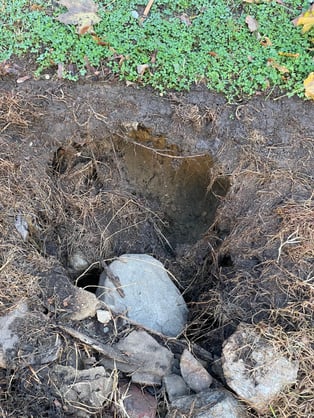
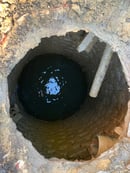 This cistern was found from the settlement in the photo to the right. The cistern lost some integrity allowing collapse in a section of the walls, which allowed soils to seep into the cistern void. This home was circa
This cistern was found from the settlement in the photo to the right. The cistern lost some integrity allowing collapse in a section of the walls, which allowed soils to seep into the cistern void. This home was circa 